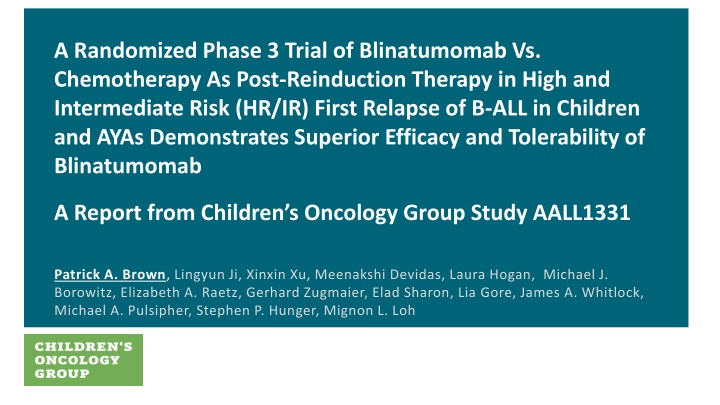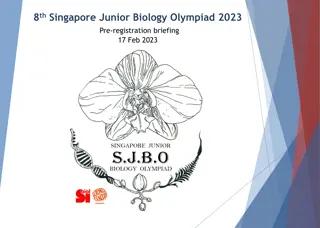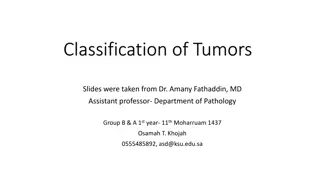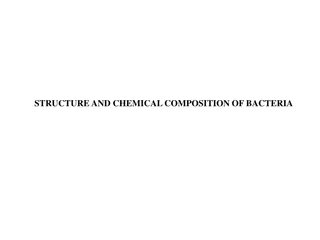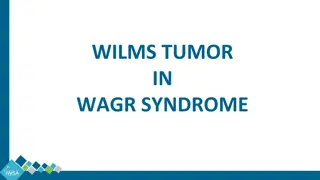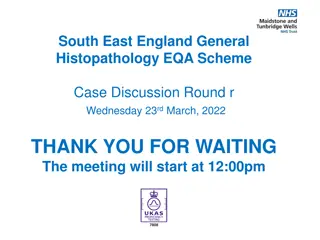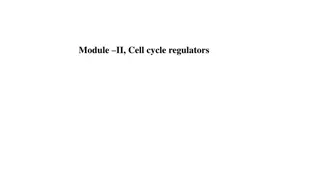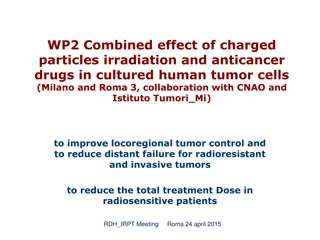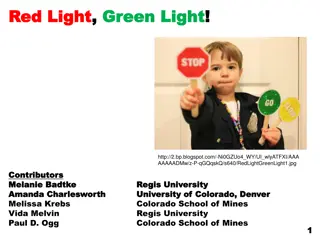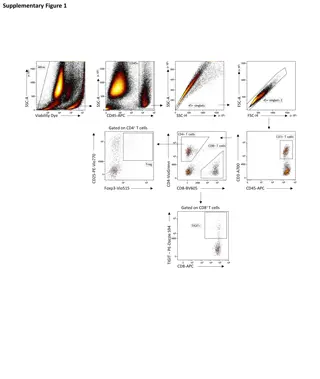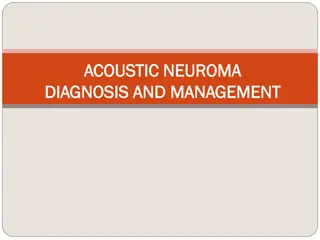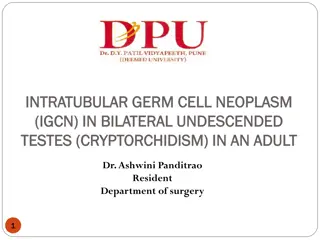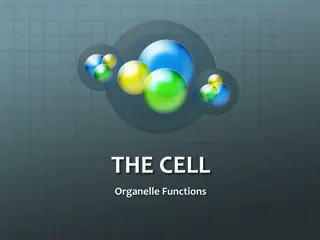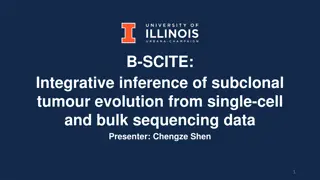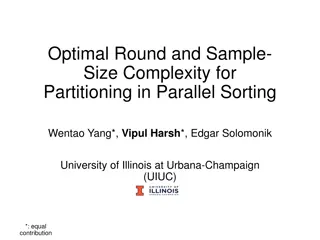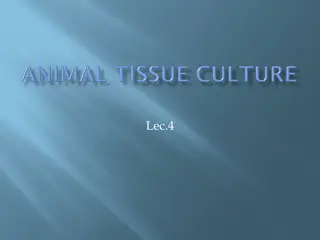Case Presentation of Desmoplastic Small Round Cell Tumor (DSRCT)
A 5-year-old boy presented with subacute intermittent abdominal pain, diagnosed with desmoplastic small round cell tumor (DSRCT) in the retroperitoneum. Initial pathology, treatment protocol, relapse, and subsequent pathology after relapse are documented along with imaging scans and biopsy results. The rare occurrence of DSRCT in the kidney is highlighted, mimicking Wilms tumor both clinically and pathologically.
Download Presentation

Please find below an Image/Link to download the presentation.
The content on the website is provided AS IS for your information and personal use only. It may not be sold, licensed, or shared on other websites without obtaining consent from the author.If you encounter any issues during the download, it is possible that the publisher has removed the file from their server.
You are allowed to download the files provided on this website for personal or commercial use, subject to the condition that they are used lawfully. All files are the property of their respective owners.
The content on the website is provided AS IS for your information and personal use only. It may not be sold, licensed, or shared on other websites without obtaining consent from the author.
E N D
Presentation Transcript
A Randomized Phase 3 Trial of Blinatumomab Vs. Chemotherapy As Post-Reinduction Therapy in High and Intermediate Risk (HR/IR) First Relapse of B-ALL in Children and AYAs Demonstrates Superior Efficacy and Tolerability of Blinatumomab A Report from Children s Oncology Group Study AALL1331 Patrick A. Brown, Lingyun Ji, Xinxin Xu, Meenakshi Devidas, Laura Hogan, Michael J. Borowitz, Elizabeth A. Raetz, Gerhard Zugmaier, Elad Sharon, Lia Gore, James A. Whitlock, Michael A. Pulsipher, Stephen P. Hunger, Mignon L. Loh
Background Poor survival for 1strelapse B-ALL in children, adolescents and young adults (AYA), especially early relapses Standard treatment approach Reinduction chemotherapy -> 2ndremission Consolidation Early relapse: Intensive chemo -> HSCT Goal: MRD-negativity prior to HSCT Late relapse: MRD high : same as early Rheingold, Brown, Bhojwani et al. ASCO 2019 36 marrow early months early isolated extramedullary Dx 18 MRD low : Intensive chemo -> maintenance therapy
In multiply relapsed/refractory setting (pediatrics) CR 35-40% MRD-negative CR 20-25% von Stackelberg et al. JCO. 2016; 34:4381-4389 Blinatumomab (CD19 BiTE) In MRD+ setting (adults) 80% MRD clearance 60% subsequent DFS (bridge to HSCT) Gokbuget et al. Blood. 2018; 131: 1522-1531 Objective of COG AALL1331: To determine if substituting blinatumomab for intensive consolidation chemotherapy improves survival in 1strelapse of childhood/AYA B-ALL Adapted from Brown P. Blood. 2018; 131: 1497 1498
1stRelapse B-ALL UKALLR3, Mitoxantrone Arm* DEX 20 mg/m2/day Days 1-5, 15-19 VCR 1.5 mg/m2Days 1, 8, 15, 22 PEG 2500 IU/m2Days 3, 17 Mitoxantrone 10 mg/m2Days 1, 2 IT MTX Day 1, then IT MTX or ITT All first relapse (any CR1 duration, any site) Ages 1-30 Major exclusions: Down syndrome, Ph+, prior HSCT, prior blinatumomab Block 1 Risk Assignment Treatment Failure Intermediate Risk Low Risk High Risk M3 ( 25% blasts) and/or Failure to clear EM iBM or combined BM+EM CR1 36 mo and EB1 MRD 0.1% EOI iBM or combined BM+EM CR1 36 mo and EB1 MRD <0.1% EOI or iEM CR1 18 mo iBM or combined BM+EM CR1 < 36 mo or iEM CR1 < 18 mo Refractory Late relapse, MRD high Early relapse Late relapse, MRD low i = isolated BM = bone marrow EM = extramedullary (CNS, testes) CR1 = duration of first remission EB1 = end-Block 1 HR/IR *UKALLR3 reference: Parker, et al. Lancet. 2010; 376: 2009-17
Stratifications Risk group (HR vs IR) For HR: Site (BM vs iEM) For BM: CR1 duration (<18 vs 18-36mo) Endpoints Primary: DFS Other: OS, MRD response, ability to proceed to HSCT Sample size n=220 (110 per arm) Power 85% to detect HR 0.58 with 1-sided =0.025 Increase 2 yr DFS from 45% to 63% HR/IR *220 (208) 1:1 Randomization *110 *110 (103) (105) Arm A (control) Arm B (experimental) UKALLR3, Block 2* VCR, DEX week 1 ID MTX, PEG week 2 CPM/ETOP week 3 IT MTX or ITT Blina C1 and Blina C2 Blinatumomab 15 ug/m2/day x 28 days, then 7 days off Dex 5 mg/m2/dose x 1 premed (C1 only) Block 2 Blina C1 Evaluation UKALLR3, Block 3* VCR, DEX week 1 HD ARAC, Erwinia Weeks 1-2 ID MTX, Erwinia Week 4 IT MTX or ITT Block 3 Blina C2 First patient randomized Jan 2015 Randomization halted Sep 2019 (95% projected accrual) Evaluation *UKALLR3 reference: Parker, et al. Lancet. 2010; 376: 2009-17 HSCT
Early closure recommended by DSMC Scheduled review by DSMC Sep 2019 using data cut-off 6/30/2019 (~60% of projected events) Despite the monitoring threshold for DFS not being crossed, the DSMC recommended: Permanent closure of accrual to HR/IR randomization Immediate cross-over to experimental Arm B for patients still receiving therapy DSMC recommendation based on: The difference in DFS and OS between arms The profound difference in adverse events between arms The highly significant difference in MRD clearance rates between arms
Baseline Characteristics Arm A (n=103) Arm B (n=105) Age at enrollment (years) Median (range) 1-9 10-17 18-30 Sex Female Male NCI Risk Group at Diagnosis High Risk Standard Risk Cytogenetic Groups at Diagnosis Favorable (Tri 4/10, ETV6-RUNX1) KMT2A-rearranged Hypodiploidy Other None 9 (1-27) 55 (53%) 30 (29%) 18 (18%) 9 (1-25) 55 (52%) 35 (33%) 15 (14%) 16% AYA 49 (48%) 54 (52%) 48 (46%) 57 (54%) 60 (58%) 43 (42%) 59 (56%) 46 (44%) 16 (18%) 9 (10%) 1 (1%) 65 (71%) 12 21 (23%) 7 (8%) 0 63 (69%) 14
Randomization Stratification Factors Arm A (n=103) Arm B (n=105) Stratification Factors Risk Group Assignment after Block 1 Intermediate Risk (late relapse, MRD high) High Risk (early relapse) High Risk Subsets Marrow, CR1 < 18 months (very early) Marrow, CR1 18-36 months (early) IEM, CR1 < 18 months 34 (33%) 69 (67%) 36 (34%) 69 (66%) 18 (26%) 41 (59%) 10 (14%) 18 (26%) 41 (59%) 10 (14%)
Survival: Arm A (chemotherapy) vs. Arm B (blinatumomab) DFS OS Median follow up 1.4 years
Adverse Events 70 Arm A ** p<0.001 60 Arm B % Grade 3+ AEs 50 N=4 post-induction Grade 5 AEs on Arm A (all infections) ** ** 40 30 ** 20 ** 10 N=0 on Arm B 0 Ages of Arm A deaths: 2, 17, 23 and 26 years old (AYA-skewed) F&N Infection Sepsis Mucositis 70 Arm A ** ** p<0.001 60 Arm B % Grade 3+ AEs 50 ** 40 NOTE: AE rates significantly higher in AYA (Hogan, et al. ASH Abstract 2018) 30 ** 20 p=0.16 10 0 F&N Infection Sepsis Mucositis
Blinatumomab-related AEs on Arm B BlinaC1 (n=99) Blina C2 (n=83) Any grade (%) Grade 3-4 (%) Any grade (%) Grade 3-4 (%) Blinatumomab-related AEs Cytokine Release Syndrome (CRS) 22% 1% 1% 0% Neurotoxicity 18% 3% 11% 2% Seizure 4% 1% 0% 0% Other (Encephalopathic) 14% 2% 11% 2%
MRD Clearance Arm A (n=96) Arm B (n=95) 100 100 8% 15% 19% 16% 80 80 15% 53% % of patients % of patients 60 60 81% 76% 52% 14% 40 40 76% 66% 20 20 33% 29% 22% 18% 0 0 End B1 End B2 End B3 End B1 End BlinC1 End BlinC2 No data (off protocol) MRD positive MRD negative
Proceeding to Transplant: Arm A vs. Arm B p=0.5 100 Arm A Arm B p=0.0008 A significant contributor to the improved survival for Arm B (blina) vs. Arm A (chemo) in HR/IR relapses may be the ability of blinatumomab to successfully bridge to HSCT 80 p<0.0001 % of patients 60 97 94 40 79 73 56 45 20 0
Conclusions For children and AYA patients with HR/IR first relapse of B-ALL, blinatumomab is superior to standard chemotherapy as post-reinduction consolidation prior to HSCT, resulting in: Fewer and less severe toxicities Higher rates of MRD response Greater likelihood of proceeding to HSCT Improved disease-free and overall survival Blinatumomab constitutes a new standard of care in this setting Future: Optimizing immunotherapy in relapsed ALL Combination of blinatumomab and checkpoint inhibitors Immunotherapy to replace or augment reinduction chemotherapy CAR T-cells to replace or augment HSCT
